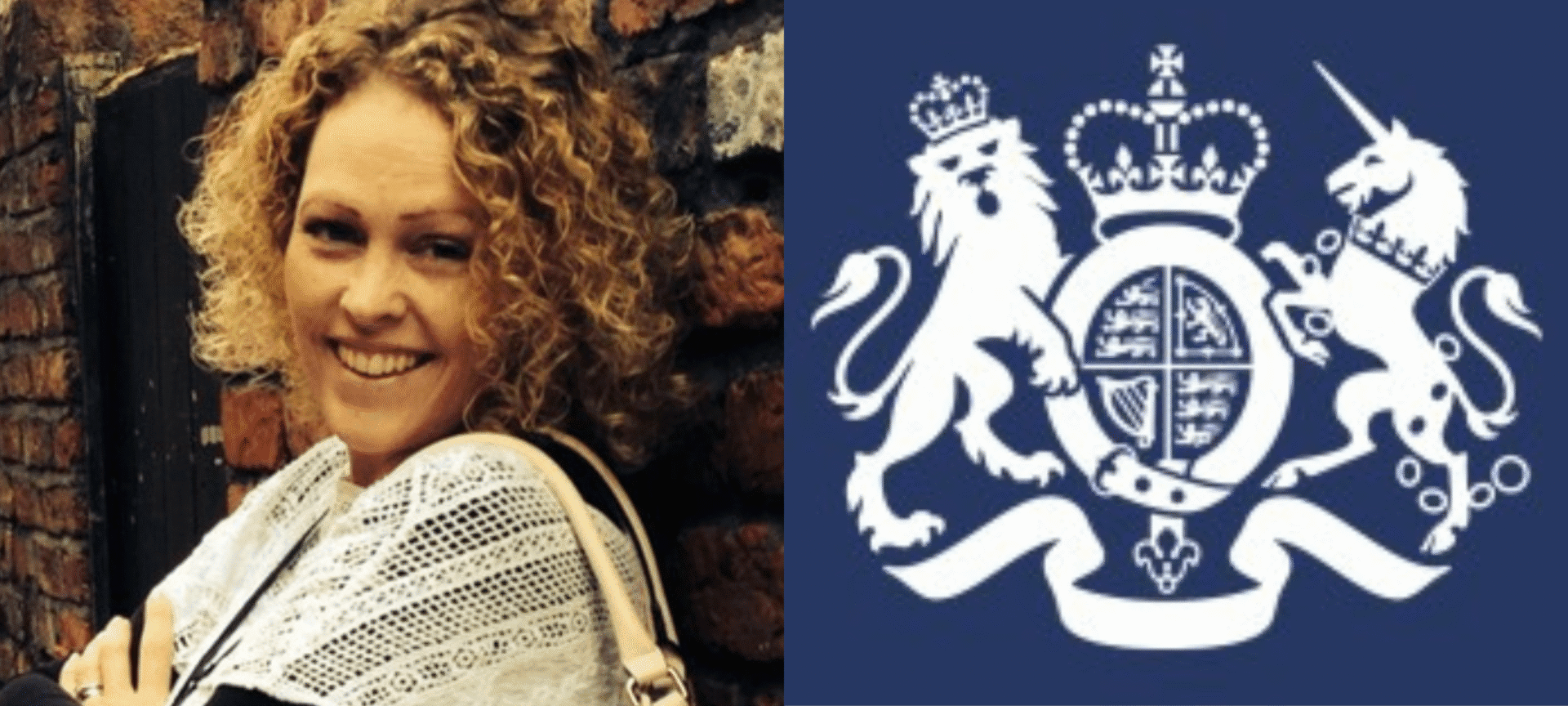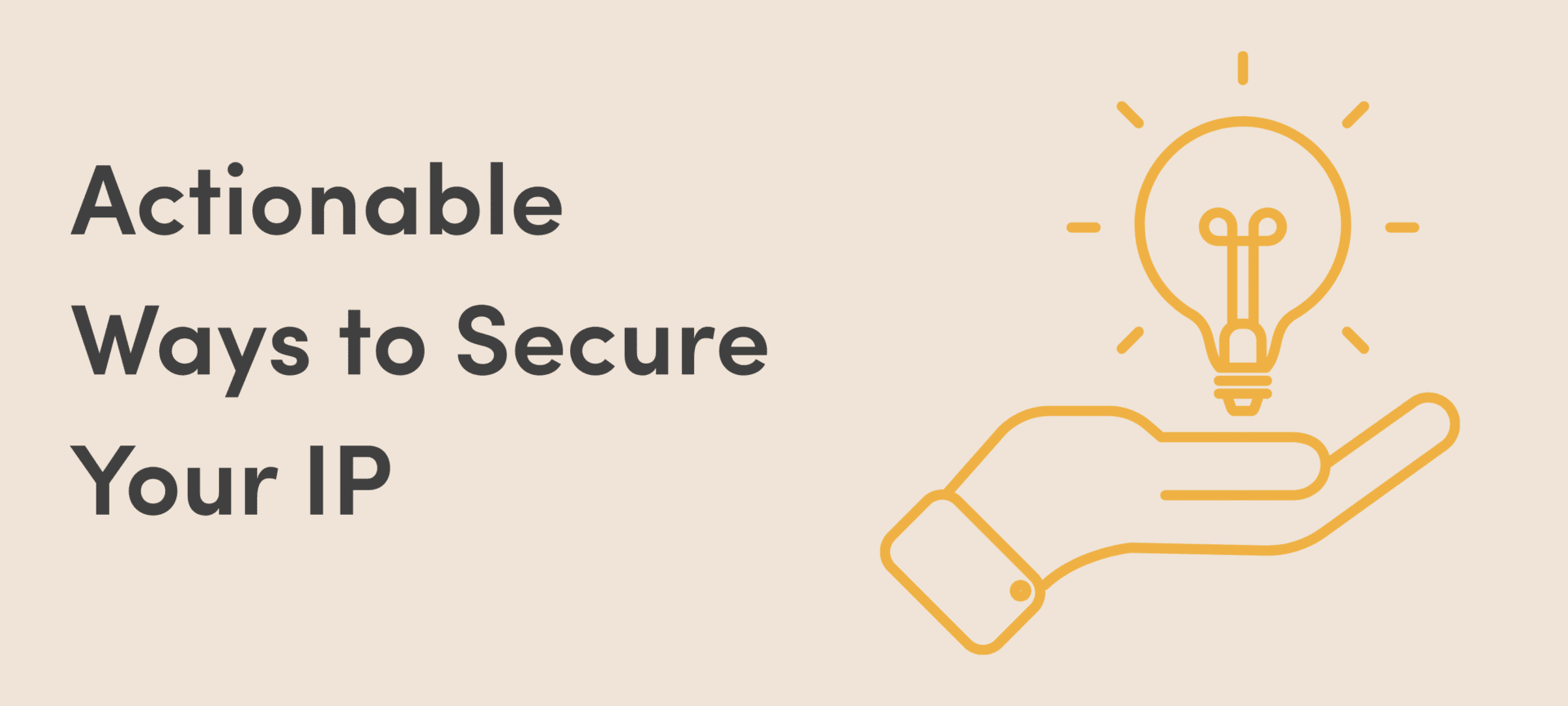Building a brilliant business means pouring your heart into unique ideas, innovative products, and that special touch that makes you, well, you. But what happens when those brilliant ideas aren’t properly protected? This week on Mind Your Business, we’re diving deep into the world of Intellectual Property (IP) protection, breaking down how small business owners can safeguard their most valuable assets from day one.
We’ll explore what exactly counts as a creative asset in your business, unpack the often-confusing differences between copyrights, trademarks, and registered designs, and reveal when it’s truly the right time to start thinking about IP protection. If you’ve ever worried about someone else copying your hard work, or wondered how to keep your brand’s unique spark safe and sound – this one’s for you! 🙌

This week, I had the pleasure of speaking with Emma Richards, a Regional Policy Advisor at The Intellectual Property Office. Emma strives to help small businesses navigate the often-tricky waters of IP protection. She specialises in guiding founders through the process of identifying the creative assets of their business, making sure they don’t miss any of those valuable, unique elements.
Emma also provides expert advice on how to protect your business assets with Copyright, Trade Marks, and Designs, breaking down the legal jargon into actionable steps. Her insights are invaluable for any entrepreneur looking to prevent others from copying the creative elements of their business, ensuring their hard work and innovation remain theirs alone. Emma’s dedication to empowering small businesses with IP knowledge truly makes a difference!
IP Essentials: Understanding Your Options and The Best Time to Act
Understanding when and how to protect your creative assets can feel like navigating a legal maze, but it’s a non-negotiable step for any small business owner. The truth is, when it comes to safeguarding your brand and brilliant ideas, “it is never too early to start thinking about IP protection, in fact, the earlier the better.”
Skipping this crucial step can lead to heartache down the line, as “you could invest time and money in your business, only to later find the IP already belongs to someone else.” Imagine building a killer brand, only to discover its name is already trademarked! So, whether you’re sketching out a logo, drafting a business plan, or perfecting a new product, it’s time to consider your IP strategy.
Now, for the nitty-gritty of what kind of protection you actually need. Intellectual property isn’t a one-size-fits-all umbrella; it’s a toolkit with different instruments for different jobs. “Copyright is your shield for creative works like literature, artistic creations, photographs, music, software, and even your blog posts” – basically, anything you’ve written or designed. Then there are Trade Marks, which are all about your brand. “This could be your business name, product name, logo, or even a distinctive sound.” Trade marks protect the unique identifiers that tell your customers who you are. If your product has a “unique visual appeal, like the shape of a bottle or the pattern on a fabric, you might be looking at Registered Designs,” which protect the overall aesthetic appearance.
Knowing the distinction between these different types of protection empowers you to choose the right tool to keep your creations safe and uniquely yours! 🔒
Safeguard Your Spark: Actionable Ways to Secure Your IP
Luckily for you, there are proactive steps you can take to put up a strong defence and safeguard your intellectual property:
💡 Empower Yourself with Knowledge and Tools
The first and perhaps most crucial step is to understand what you’re protecting and how to do it. The Intellectual Property Office (IPO) offers fantastic, accessible resources, “a free online IP for Business tools and training are a great place to begin when you take your business to market.” This resource is incredibly popular, having been “accessed more around 250,000 times, helping SMEs make the most of their ideas.”
🔎 Proactive Protection Through Smart Searching
Before you launch that new product, unique branding, or catchy business name, it’s vital to do your homework. “Understanding your IP also helps reduce your exposure to business risk, and we would recommend undertaking comprehensive IP searches at the outset.” This proactive approach helps you spot any potential conflicts before they become costly headaches. A simple “search for registered rights (patent, trade mark or registered design) can help you with this process,” ensuring that your brilliant idea isn’t already someone else’s registered asset.
💰 Leverage IP as a Strategic Business Asset
Beyond just defensive measures, your intellectual property can be a powerful asset for growth, especially when you’re looking to scale your business. “Integrating an IP strategy into your business plans can also play a crucial role when you need to raise finance.” Tools like the IPO’s IP for Investment tool can help you identify and assess your IP assets in the context of your business strategy, proving that your creativity isn’t just a good idea – it’s a valuable investment!

Your Ideas Your Inventory: What Counts as a Creative Asset
When you’re building a small business, it’s easy to get caught up in the day-to-day hustle and overlook some of your most valuable possessions – your creative assets. Just like you’d keep track of your physical inventory or your finances, understanding and organising these intangible gems is crucial. A creative asset in a business refers to any “visual, audio, written, or multimedia material that could be considered integral to a business.” These are the unique elements that make your brand stand out.
Your distinctive logo, the catchy slogan for your ad, the compelling copy on your website, those stunning product photos, or even the unique design of your packaging. These aren’t just pretty additions; they’re often the heart of your brand’s identity and value, frequently “created by designers, marketers or content teams.”
For founders, identifying these assets means looking beyond your products or services to how they are presented, communicated, and perceived. Start by auditing everything you’ve created that holds unique visual, auditory, or textual value. Once identified, organising them in a clear, accessible way, perhaps in a shared digital drive or a dedicated asset management system, becomes just as important as protecting them.
This proactive approach ensures you know exactly what intellectual property you own, making it easier to leverage and protect it down the line! 💪